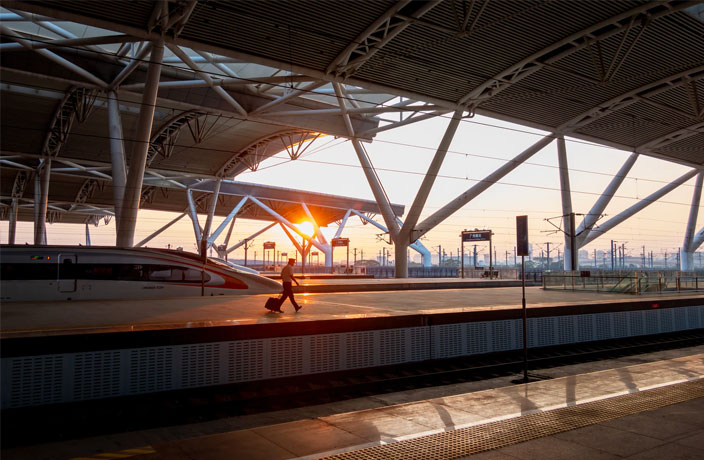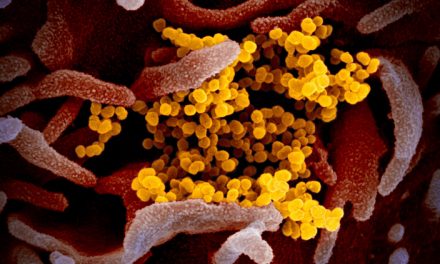In the past week, Beijing’s cluster of new infections from Xinfadi Market market have risen to 138 new cases, as of press time. In response, regions across China have updated their quarantine guidelines, adding Beijing as an infection area to monitor.
Shanghai and Guangdong announced yesterday that a centralized 14-day quarantine will be imposed on those traveling from high-risk areas, in addition to administering two new COVID-19 tests. For those coming from medium-risk areas, folks may be asked to quarantine at home, but it will be dependent on local authorities.
In efforts to quickly stop the chain of transmission, Guangdong government has also asked authorities to check, or individuals to report to their city’s center for disease control if they have been to Beijing’s Xinfadi wholesale market during May 30-June 12.
China Times reports that Beijing is not considered high-risk as a whole, but the risk level is defined by streets in a district. For example, Yuetan Jie in Xicheng district is high-risk but is not extended to the whole of Xicheng district.
Beijing’s emergency response level was raised to Level II from Level III on June 16, which will restrict the free flow of travel. Those in high- and medium-risk districts, including individuals linked to Xinfadi market are prohibited from leaving Beijing. Visitor traffic at public spaces (libraries, museums, art galleries and parks) must be kept to 30% capacity along with visiting time restrictions.
Kindergarten, primary, middle, high school and university classes have also been suspended for Beijing students and will once again be conducted online.
Over 800 flights have been canceled at Beijing’s two major airports, and long distance interprovincial flights have also been suspended. Although Dragon Boat Festival is approaching soon, it’s probably best to enjoy a staycation and keep traveling to a minimum.
READ MORE: Everything We Know About Beijing’s New COVID-19 Outbreak So Far
[Cover image via Unsplash]



![[How To]: Get Your Government Ration of Face Masks](https://www.life-china.com/wp-content/uploads/2020/02/1580804817-1-440x264.jpg)


Recent Comments